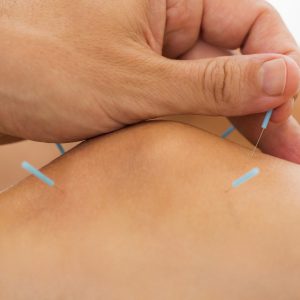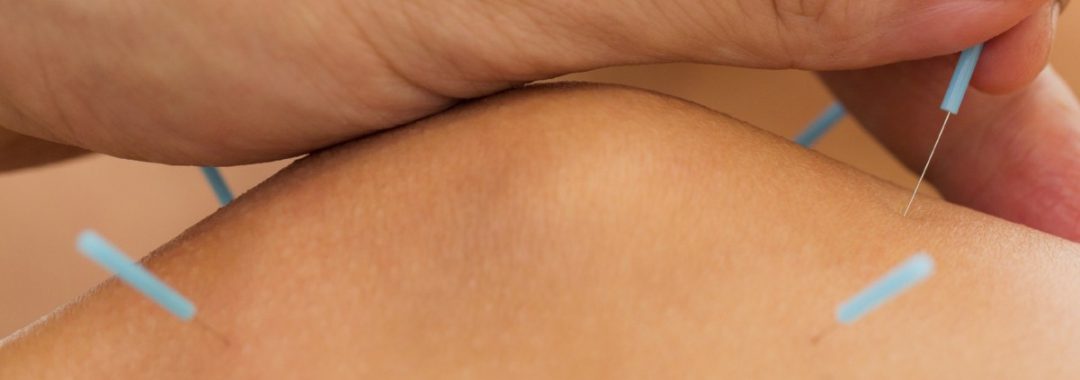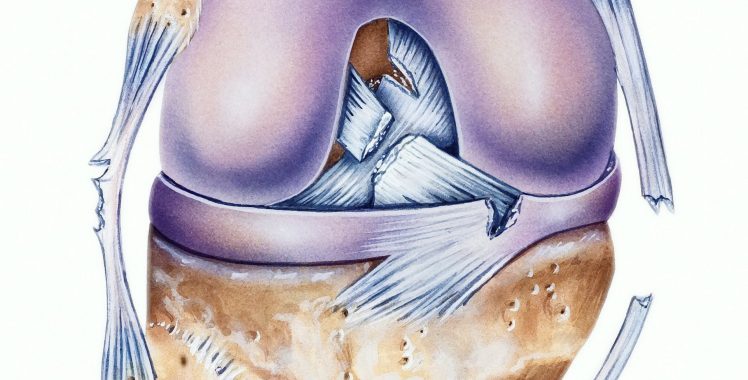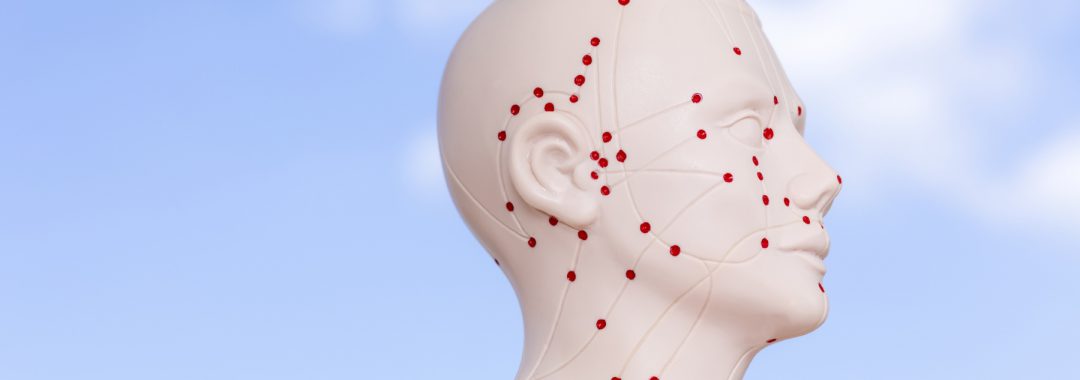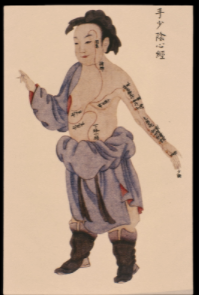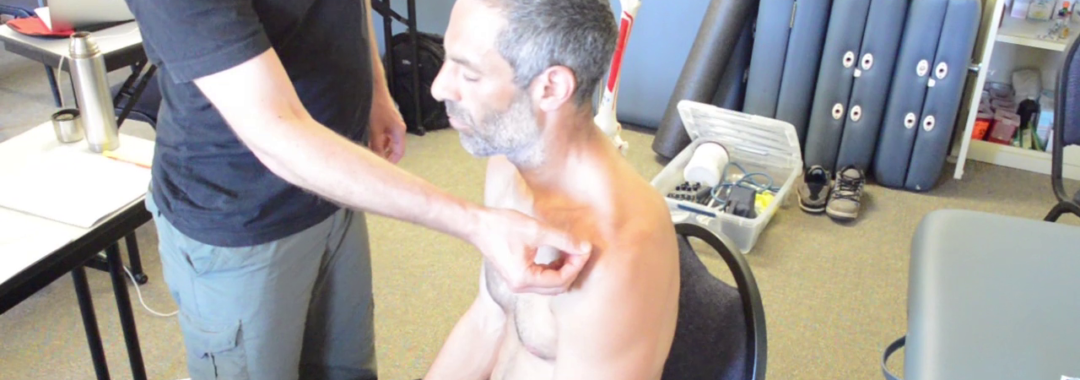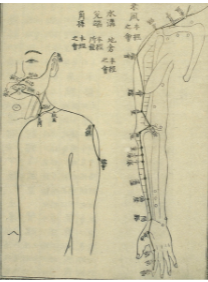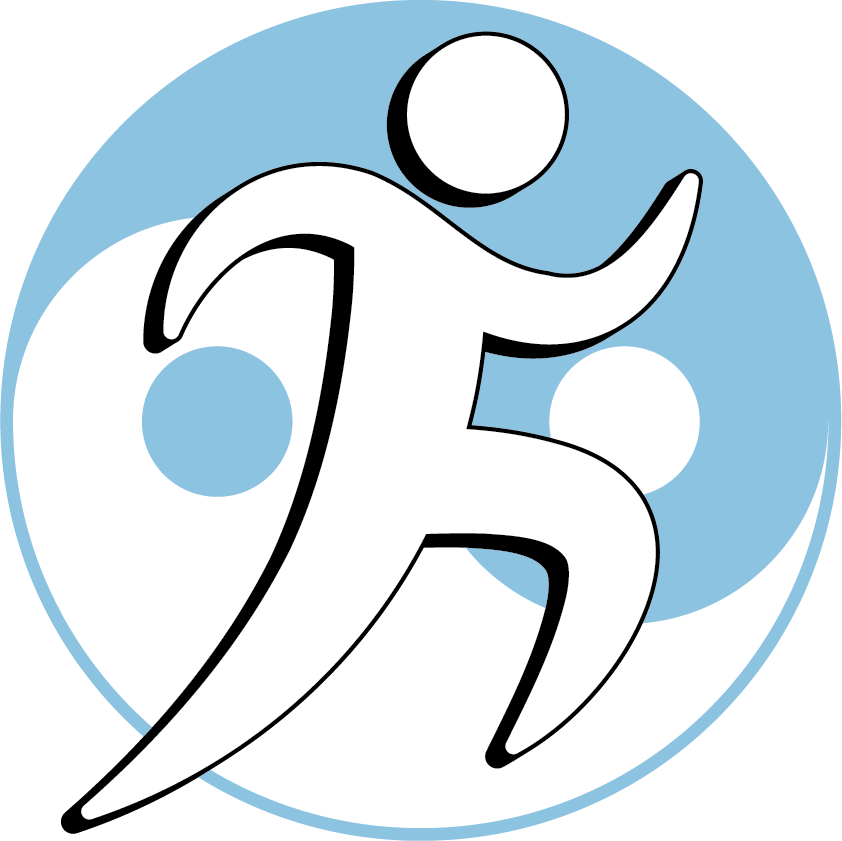Student Comments and Ratings
From evaluations as required by NCCAOM & California Acupuncture Board.
Respondents: 38 of 43 enrolled
Comments:
- "Thank you for the great class! From clinical pearls to an important review of cautions and contraindications, these courses are very useful, even after practicing in this specialty for over 7 years! The material presents a truly integrative approach to orthopedics and sports medicine. In the past, I've found courses to apply either a TCM or a western orthopedics lens, but Dr. Von der Muhll does a wonderful job of blending the concepts in a way that is practical for patient care, logical for the practitioner, and provides language to discuss findings and treatments with our TCM and western colleagues." --Leslie Yedor, L.Ac.
- “Very articulate and precise…great 1-on-1 attention.“ –Jessica Giese-Garderner, L.Ac.
- “Amazing–Thank you!“ –Jessica Luehrs, L.Ac.
- “This class was a really great review as well as including new material” —Daniele Uzes, L.Ac.
- “Great knowledge of anatomy, very in-depth. Thank you for adding to the written notes on-line…I really appreciated Anthony’s in-depth clinical experience and his willingness to share..I’m taking more classes!!!” –Monica Bowditch, L.Ac.
- “Tons of great info, many applicable tools, with some practice indeed…great for sports acu/pain/ortho.” —Joe Sarti, L.Ac.
- “I especially enjoyed reviewing anatomy whilst doing practical exercises to improve my skills…very good explanations…great that notes are digital and linked.” –Michael E. Brown, Jr., L.Ac.
- “I like the charts and photos, this is truly useful!” —Anonymous, L.Ac.
- "Excellent!" --Anonymous
- "I learned a lot. Anthony is very knowledgeable." --Anonymous
- “I wish I had taken this when I got my license in 2006.” —Anonymous, L.Ac.
Average Ratings. Overall: 5/5
The class met its goals/objectives and covered subject materials as stated: 5/5
The class material will be useful in my clinical practice: 5/5
The instructor made effective use of learning aids: slideshows, notes, videos: 5/5
The class provided enough depth, breadth and detail of information: 5/5
The instructor provided adequate instruction in the skills and subjects addressed in the class: 5/5
The written notes were clear, adequate and helpful: 5/5
The number of CEUs/PDAs was appropriate for the time and work required: 5/5
Source Texts Referenced in this Class
- Acupuncture: A Comprehensive Text. Shanghai College of Traditional Chinese Medicine. O’Connor and Bensky, trans. and ed. (1981)
- Kendall, Donald E. The Dao of Chinese Medicine: Understanding an Ancient Health Art. (2002)
- Legge, David. Jing Jin: Acupuncture Treatment of the Muscular System Using the Meridian Sinews. (2010)
- Meyers, Thomas W. Anatomy Trains: Myofascial Meridians for Movement Therapists. (2009)
- Simmons, Travell, Simmons and Cummings. Myofascial Pain and Dysfunction: The Trigger Point Manual, vols. 1-2. (any edition)
